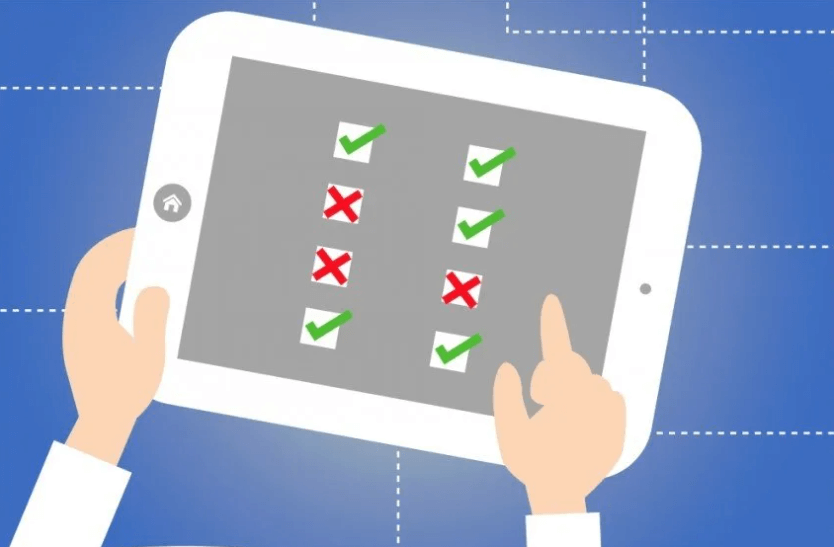So you understand the importance of a website
Your company’s website serves as a window into your business and is often the first impression a potential customer has of your services, products, and company’s reason for being. Making sure your site showcases your company in the best possible light is vital to the success of your business.
What elements to include in your company website? This is the first question you should ask yourself before you start designing the website. Since your company website reflects your company and is the prime source to let your customers know about the goals, mission and services of the company, extra care must be taken in the design process. Poorly designed company website can put a bad impression on your visitors and cause them to leave the website without buying anything or even taking interest in the services you offer.
We have shortlisted the following essential elements every business website must have to effectively engage customers.
A clear description of who you are
Your company description is the first thing a new visitor goes through. A good company description can get the reader’s attention and interest.
If you are able to explain what is your company about, what led you to start the company, what are your goals, what services and value you offer and what you hope to accomplish in fewer yet easy to understand words, the chances of visitor’s staying on the site for long increases considerably.
Start with a pitch that shows your excitement and passion about the company. Your goal should be to include all the vital information in a comprehensive way. Once you are done with the draft, have it proofread by someone for possible typos, grammatical or logical errors.

Educate. Don’t Sell.
Including an “About Us” page, a “Portfolio”, “News & Events”, etc. on your website is important and visitors will become suspect if this type of information is not present on your site. However, one of the main goals of your website should be to educate your audience, not sell them.
Your visitors have come to your site with a need or desire. They don’t want to be sold. They want to make an educated decision and want to know about their options and how your products or services will provide solutions to their problems. Creating your website’s content with a focus on educating visitors will make it easier to shift the focus away from your business and onto your potential customers and what’s in it for them.
The following types of tools can be used cost-effectively to educate your target market and should be used to feature educational material on your site on a regular basis for maximum benefit:
- eBooks
Address Problems Your Target Market Faces. - Videos or Vodcasts
How-to Info, Interviews, Case Studies - Podcasts
Interviews, Weekly Broadcast - White Paper
Research-based Information - Blog Posts
Regular Posts with Useful, Relevant Information. - Case Studies
Showcase Your Customers and How Your Products or Services Helped Them. - Email Newsletters
Monthly Articles, How-to Info
A simple, sensible Web address
Don’t make things complicated (like website agency charges).
“Your domain name is like your brand. It should be easy for a user to type it into a Web browser or an e-mail address,” says Ron Wright, the founder of business Web design and online marketing firm Accentrix.
He adds: “I always recommend the .com domain as users are conditioned to type that extension when they enter a Web address. For non-profits or organizations, I usually recommend using a .org domain for branding purposes, but also recommend having a .com version of the domain in case a user accidentally types the .com address.”
Wright also suggests avoiding dashes (which can cause SEO headaches) and numbers (which can cause confusion for customers).

Include a Prominent Call to Action
You certainly want your visitors to do something after providing them will all the necessary information. For example, if your website is an E-commerce one, you would want them to add products to cart.
If you are providing services, you want them to contact you to get a quote or hire you. Your call to action should be placed at a prominent position so that customers know what action you want them to take. Place a large and clear “Add to Cart”, “Buy Now” or “Request for Quote” button and conveniently navigate customers to the final step.
As an example, FMEextensions, a web design company, has beautifully done this.

Easy-to-find contact information
You wouldn’t want to lose a customer to a competitor just because you made it difficult for them to get in touch with you.
“Not every online visitor has the patience to click through every page on your website to find the contact information,” says Zhuang.
“The best place for the contact information is the top left or top right corner of the home page,” he recommends. “It is also a good practice to include contact information in every page of the website in the footer or side bar or even in top right corner, which helps the visitors to find it more easily.”
Optimize each Page for the Search Engines
When seeking out products or services, customers are using search engines above all else to conduct searches. For this reason, each page of your website should be optimized and set-up in a way that makes it easy for the search engines to capture the information.
On each page, the following elements should be present:
- Page Title with Your Top Keywords
- Keyword-rich Content (strive for 4% keyword density)
- Strong Keyword-rich Headlines
- Heading Tags in HTML to Let Search Engines Know What’s Important on the Page
- Keyword Rich Alt Tags on Images
- Keyword Rich URLs for Text Links
- Clean CSS / HTML Code (this makes it easy for search engines to separate the design from the content)
Make it Easy for Visitors to Get in Touch With You
How foolish it would be to lose an interested customer by providing contact details that are difficult to find or not providing it at all. Providing easy to find contact details is extremely important as not every customer can wait to click through a series of pages to get to your contact details. Here’s an example of our Cape Town agency article.
Include your contact information in a prominent place. The best place is the top left or top right corner. It is also a good idea to display it on every page of your website so that customers can get in touch from wherever they want. Another important thing to remember is to provide them more than one ways to contact you i.e. phone, email, chat and contact form.
“One of the biggest mistakes business owners make is to force only one way to reach them,” says Wright. Make it a point to enable customers to reach you in a hazard free manner.
Conclusion – and a final tip
Having your online information hijacked is a nightmare, and, should it happen to your business, it could cost you customers.
“It is imperative that you have a secure, trustworthy hosting company to keep the bad guys out and your content up and running,” says Wright. “It is also very important to keep your content management system updated in order to stay one step ahead of the hackers.”
It is important to have a deep understanding of your target market’s needs and desires so you can capture your ideal prospects’ attention quickly by speaking directly to them with your marketing message. Incorporating these criterias into your website will help you to maximize the effectiveness of your website and your company’s reach.
When looking for a top web design agency for your business, look no further than Vertycal Boost! We have a welcoming team that always exceeds expectations.
Drop us a message today and we will schedule a call to see how we can Boost your business ROI
